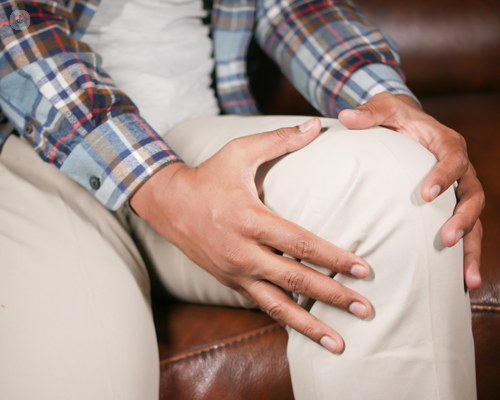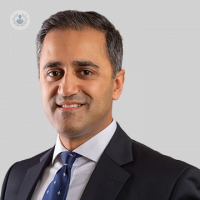How painful is a partial knee replacement?
Written in association with:A partial knee replacement is generally considered less invasive than a total knee replacement, but like any surgery, there is some degree of pain involved. The amount of pain experienced can vary from person to person depending on individual pain tolerance, recovery speed and how the body reacts to surgery. However, advances in surgical techniques and post-operative pain management have made the procedure more comfortable for most patients.

What is a partial knee replacement?
A partial knee replacement involves replacing only the damaged section of the knee, rather than the entire joint, which is done in a total knee replacement. This is typically done when arthritis is limited to one compartment of the knee. Since less bone and tissue are removed, recovery time tends to be quicker and post-operative pain may be less severe compared to total knee replacement.
What kind of pain should you expect after the surgery?
It is normal to experience some pain and discomfort following a partial knee replacement, particularly in the first few days after surgery. Pain management is an important part of the recovery process, and the healthcare team typically provides medication to control this post-surgical pain.
- Immediate post-surgery pain: Right after the surgery, you may feel pain around the surgical site. This is expected as your body responds to the trauma of the operation. Pain relief, including anaesthesia and oral medications, is provided to keep this manageable.
- Pain during physical therapy: During rehabilitation, there might be some discomfort as the knee adjusts to movement and weight-bearing. Exercises prescribed by physiotherapists are important for improving strength and mobility and managing long-term pain.
- Swelling and stiffness: It’s common to experience swelling and stiffness, which can also contribute to discomfort. Ice packs, elevation, and prescribed medications help reduce swelling and manage this pain.
How long does the pain last?
For most patients, pain from a partial knee replacement begins to decrease significantly after the first few weeks of recovery. It’s important to note that intensity and duration of pain can vary. Here’s a general timeline:
- First few days: The most intense pain occurs during the first 48 to 72 hours after surgery, but pain medications are provided to alleviate this.
- First 2-3 weeks: Pain and swelling gradually start to subside as you follow a rehabilitation programme. By this time, many patients can walk with the help of crutches or a walker.
- 6-12 weeks: By this stage, pain continues to diminish, and most people can walk without assistance, although there may still be some discomfort, particularly after long periods of activity.
- 3-6 months: Most patients report significant improvement in pain levels and mobility by this point. Some may still experience mild stiffness or pain, especially after vigorous activity, but this typically improves with time.
How is pain managed after a partial knee replacement?
Modern surgical techniques and pain management strategies can make recovery from partial knee replacement much more comfortable than in the past. Pain management often includes:
- Medications: Prescription painkillers, anti-inflammatories, and over-the-counter medications can help manage post-surgical pain.
- Ice and elevation: Using ice packs and keeping the knee elevated helps reduce swelling and discomfort.
- Physical therapy: Guided exercises help reduce stiffness, improve mobility, and alleviate pain in the long term.
How does pain compare to total knee replacement?
One of the advantages of partial knee replacement is that it is generally less painful and has a quicker recovery compared to a total knee replacement. Since only a portion of the knee is replaced, there is less tissue trauma, which means less post-operative pain.
While there is some pain associated with a partial knee replacement, it’s typically manageable with the right treatment and support. Pain levels usually improve quickly with proper care, and patients often find that their pain decreases significantly within a few weeks. As always, following your doctor’s advice and attending physiotherapy are key to minimising pain and achieving a successful recovery.


